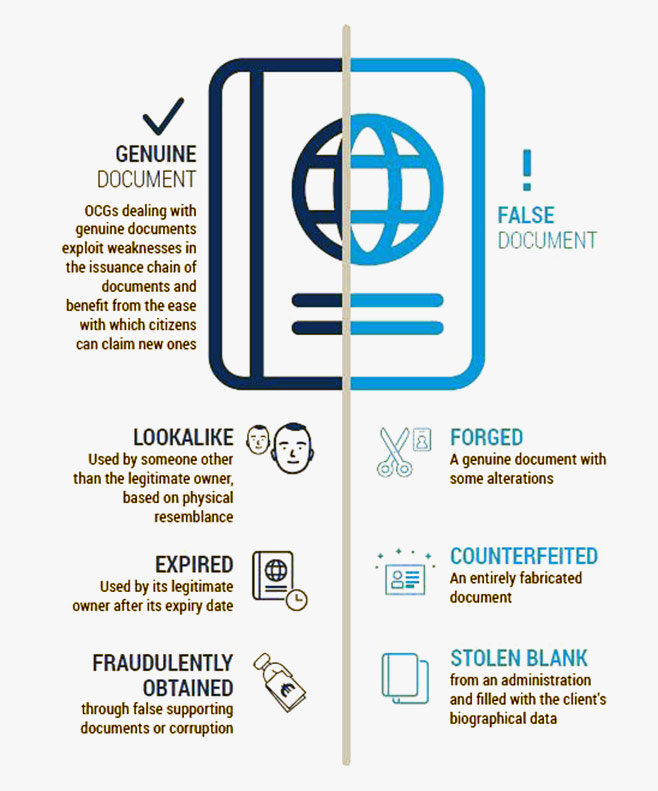iMARS is a research project funded by the European Commission, started in September 2020 for 48 months. The use of counterfeit travel documents at borders is a reality, which entails the risk of not identifying known criminals, including terrorists, or previously unknown subjects such as victims of human trafficking. Document fraud is one of the engines of organised crime in the European Union: although document fraud does not have a direct impact on most citizens in the European Union, it facilitates other serious and organised crime. It also has a strong impact on Members States since the financial consequences may be significant.

Main document frauds
- Fraudulent travel and identity documents (passports, ID cards, driving licenses, Visa, etc)
- Manipulated data presented in the application process (false names, manipulated face images (morphed, “beautified”)
- Manipulated breeder documents in the application process (birth certificates, marriage records, work contracts or invitation to stay in the European Union)
- Sale and rental of genuine documents
- Stolen blank document
- Lookalike fraud (the use of some else’s documents)

How to prevent
The main goal of iMARS is to develop tools to detect manipulated face images, in particular morphed face images in the identity document life cycle and verify the authenticity of identity documents, as well as ensuring that European passports including morphed or otherwise manipulated images can no longer be issued within the European Union.
The objectives of the iMARS projects are to:
- Develop performant Morphing Attack Detection (MAD) solutions suitable for enrolment, forensic investigation and border crossing;
- Document Verification and Fraud Detection (DVFD) tools
- Assess biometrics systems vulnerability with regards to morphing attacks;
- Make document verification and fraud detection tools available to support border guards in their missions;
- Anticipate new morphing attacks on face and other biometric modalities in future travel documents;
- Train people involved in ID document application, delivery and control, to increase their ability to detect morphing attacks;
- Contribute to standardisation efforts in the field of Presentation Attack Detection and face image quality assessment;
- Provide open access benchmarks to enable follow on research activities on Morphing Attack Detection;
- Ensure that the technologies developed are accepted by citizens and respects privacy and other EU regulations.
What is morphing and image manipulation?
Morphing is the process of creating a new face image by digitally merging the facial representations of two or more different images. There are a number of different morphing techniques, from automatic morphing using apps and software, to manual morphing using photo editing software like Photoshop. Beyond morphing there are manipulation attacks that intentionally alter digitally the visual appearance or specific properties of an image resulting in misrepresentation or misinterpretation.